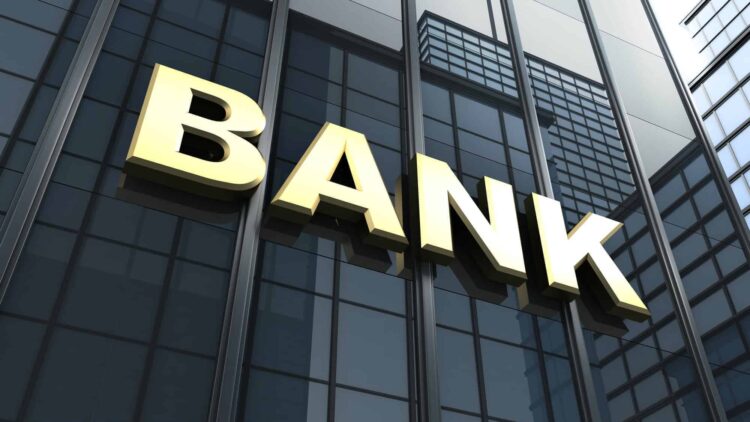Moving to a new city is one of the most difficult and intense things for some families. Just think about it, you are about to change your whole way of living. Naturally, people underestimate their surroundings when they move. Without any doubt, things around us define us in every possible way.
So, getting used to all of these factors could be something that can be either a source of happiness or annoyance, for a certain amount of time. Just until we get affiliated with new people we meet.
And this is because there are always many things to coordinate, organize and arrange. You are moving your life completely to a new location.
For some, this is not something they can overcome quite easily. The timelines for packing and getting materials are often tight and it can be difficult to find help from a professional moving team.
Get more and something related.
Sure, getting the best service can require some effort on your behalf. We are talking about conducting online research that will provide you with all the relevant answers to your questions.
And one of those changes that can be a hassle when moving to a new place is changing banks. While some would think that this is not a hard choice to make, we assure you that it can be much more complicated than we usually believe it is. However, it doesn’t have to be if you dig into this guide we’ve provided with some tips to walk you through your bank change.
A simple guide to changing banks
Page Contents
1. Think about one type of bank

Source: unsplash.com
Not all banks operate in the same way, so it is useful to first think about which type of bank best suits your requirements before switching banks. Sure, being aware of all the possible types is something you should be aware of before you make the decision. Getting what you need, and nothing that’s not necessary will save a lot of time and resources, you can be sure of that.
Main financial institutions:
Online banks
If you want to manage your accounts digitally and don’t mind the lack of local offices, you should consider an online bank. Since this type does not incur the expenses associated with physical ones, they usually pass these savings on to users through low fees and good interest rates. Furthermore, many people would describe these as much more accessible than any other sorts out there.
When we say that, we mean that you can perform any action just by having an internet connection, and nothing more than that. It is known that many people use various types of services to have greater financial stability. So, check with your bank their instructions on how to transfer between new and old accounts. Plus, feel free to ask any other question you consider relevant for your case.
Classic banks
These classic options include not only large banks but also local and regional banks. While the convenience of a local bank branch is highly desirable, these tend to have higher fees and interest rates than those found at credit unions or online ones. Naturally, this is not something many people will enjoy.
Without any doubt, this is one of the major reasons why so many people avoid them. Nevertheless, they still represent a significant percentage out there. The reason is quite simple, they still provide a lot of services you will need every day. Furthermore, we don’t believe that this sort will cease to exist in the future. In fact, we are sure of that.
Credit unions
Credit unions differ from traditional banks in that they are not-for-profit entities owned by the customers themselves.
2. Act at the scheduled time

Source: nmadvokati.com
It may take some time to fully set up your account for it to be operational. Therefore, it can be helpful to anticipate before the move, so that your accounts are ready when you arrive. Therefore, it is not a mistake to presume these will help you preserve a lot of time. Meaning, you will not need to provide all the essential documents a couple of times. Instead, the whole process will be finished in a couple of minutes, when the credit union is ready to do it.
To do this, it’s best to allow about two weeks for the process, because while some issue access immediately through mobile apps, other banks may take about 10 days to receive your new banking documents and cards in the mail. But when you receive all the info, you will find them as effective as any other solution, you can be sure of that
Be sure to switch all account transfers, such as direct deposits and automatic payments to your new account, allowing a few cycles to pass before closing your old account. Surely, you would need to preserve some data from your previous accounts in the most effective manner possible.
3. Look for the requirements to apply to the bank

Source: forbes.com
Each registration process is different. Therefore, it is appropriate to research the requirements of your chosen solution beforehand. Some of them may require you to fill out forms via mail or go to a local office. While others manage their application process entirely online. Also, customer service is an important feature to consider when choosing a new option when you move. When you do that, all the questions you have will be answered in an instant. The best possible solution is to have this feature available 24/7. However, not all of them will provide this service, in this capacity.
So, be sure to check it out before you decide on which one you will use.
4. Open your account

Source: azernews.az
While online-based solutions often offer a fully online account opening experience, credit unions and traditional ones may require you to visit a local office to verify your new account. A minimum deposit may also be required, so be sure to check your requirements for the new account. That way, you will get what you need, and not something that can just add to the costs.
5. Link your old account

Source: xenioo.com
Before you can close your old account, you must verify that you closed all pending transactions or direct deposits. To do this, you can review one year’s statements, identifying the following for your new account:
- Direct Deposits
- Automatic bill payments
- Recurring subscriptions
- Scheduled transfers
And finally, check that you have unlinked any accounts and emptied any safe-deposit boxes you may have in your name. Thankfully, this is not a process that requires a lot of time on your behalf. You can finish it in a couple of hours.





